Types of tanks
There are various types of tanks used for storing different liquids, including water, oil, fuel, chemicals, food products, and industrial materials. These structures are typically made from materials such as metals, plastics, concrete, fiberglass, polyethylene, and several other substances.
Tanks can be constructed from different materials depending on the type of stored material, the operating conditions of the tank, including chemical resistance, physical strength, and temperature. Below, we'll explore some common materials used for tank construction:
-
. Steel: Steel is a common structural material for tanks. Steel tanks are often made using stainless steel, which has high chemical resistance. Steel offers flexibility in design, resistance to pressure and impact, and can withstand high temperatures. It can also be protected with coatings like paint and anti-corrosive layers.
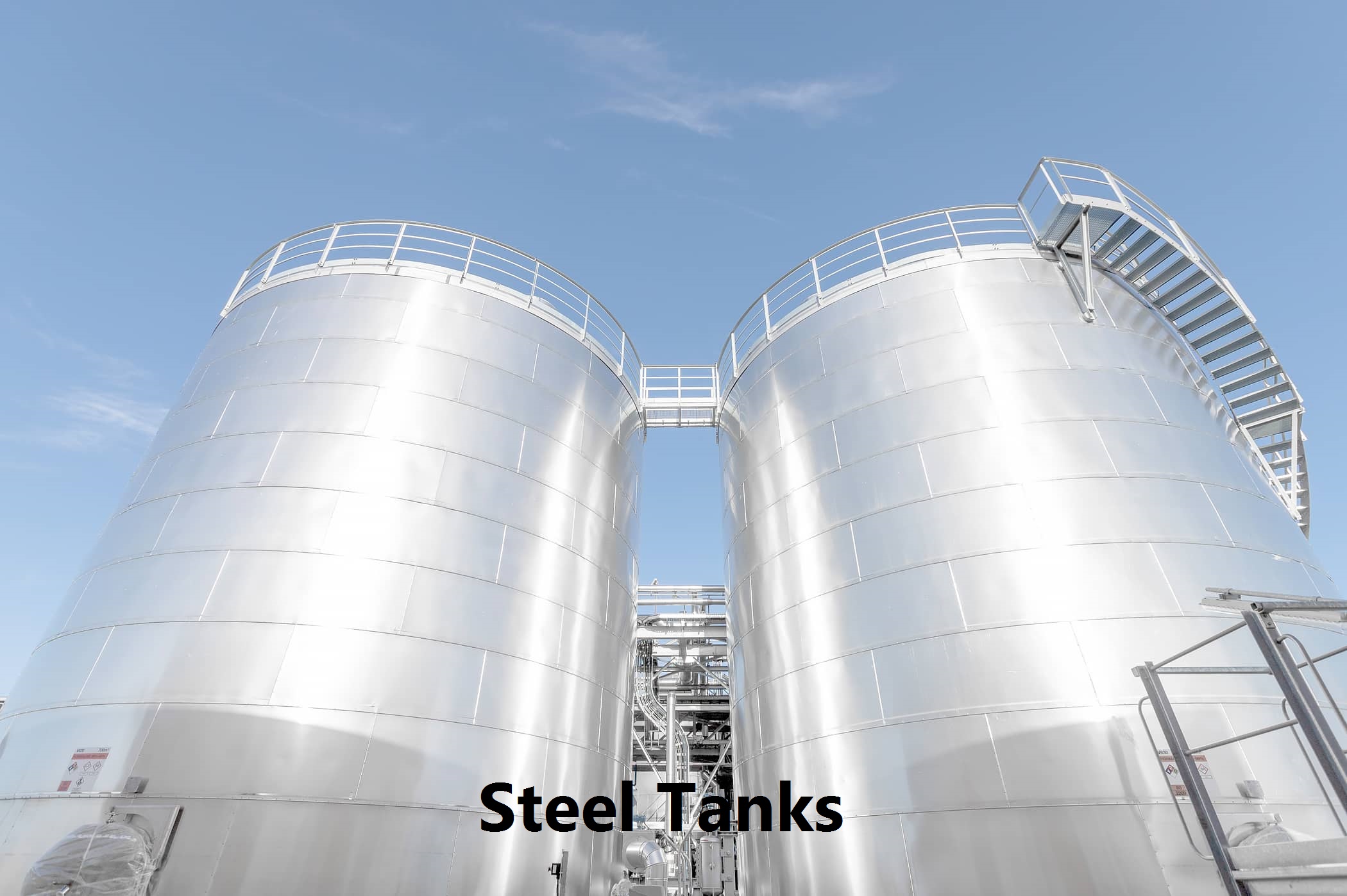
-
Concrete: Concrete tanks are used for storing water, sewage, chemicals, and more. Concrete's high resistance to chemical impact and its compressive strength make it suitable for tanks dealing with corrosive or hazardous liquids. It can be customized in terms of size and shape.
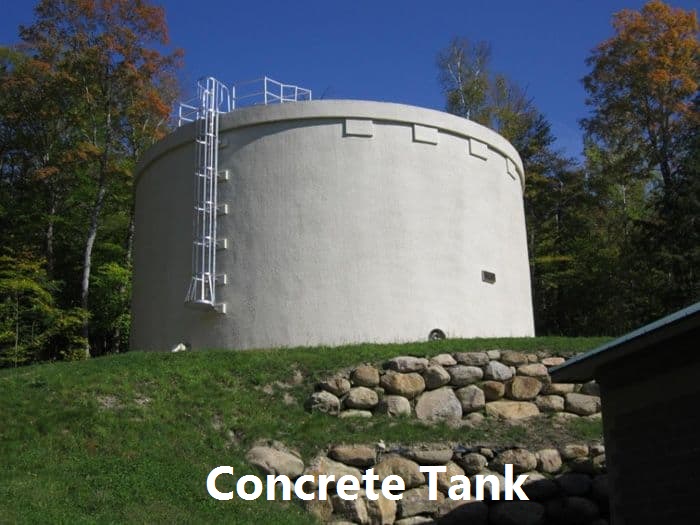
-
Fiberglass Reinforced Plastic (FRP): FRP tanks are made from composite materials like fiberglass and epoxy resin. They're lightweight and highly resistant to corrosion and chemical effects, making them suitable for storing water, chemicals, food products, and other liquids. They're customizable and resilient against impacts and temperature changes.
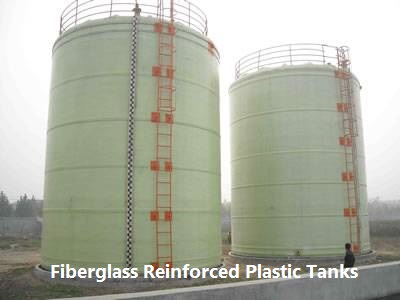
-
Aluminum: Aluminum tanks are used when corrosion resistance is important. Aluminum is lightweight, resistant to corrosion, and suitable for storing non-toxic liquids. However, it requires protective coatings to prevent corrosion from exposure to chemicals.
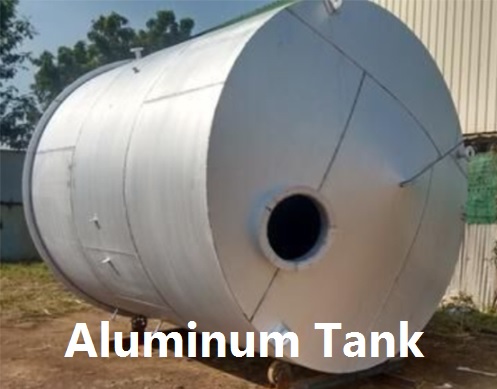
-
PVC: Polyvinyl chloride (PVC) is used for smaller tanks. It has corrosion resistance, weldability, and shaping capabilities, making it suitable for small-scale chemical storage.
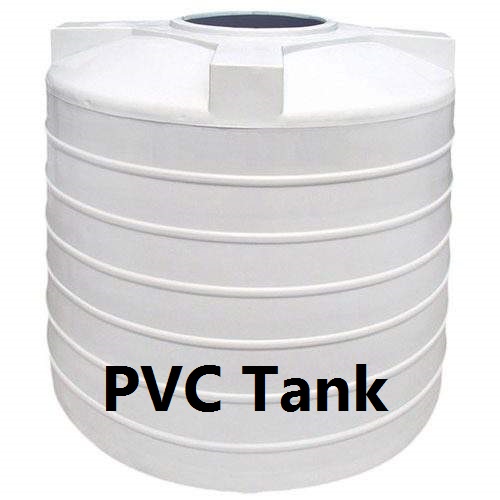
-
Stainless Steel: Stainless steel (with at least 10.5% chromium content) is highly corrosion-resistant. Stainless steel tanks are used for storing chemicals and food products, particularly in environments with variable temperature and pressure.
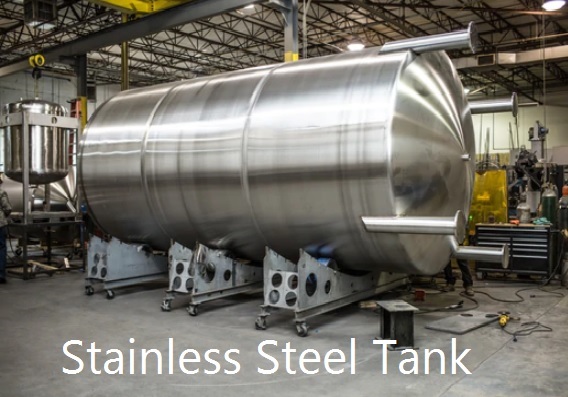
-
Polypropylene: Polypropylene tanks are made from polypropylene thermoplastic. They offer high chemical resistance and are suitable for various applications.
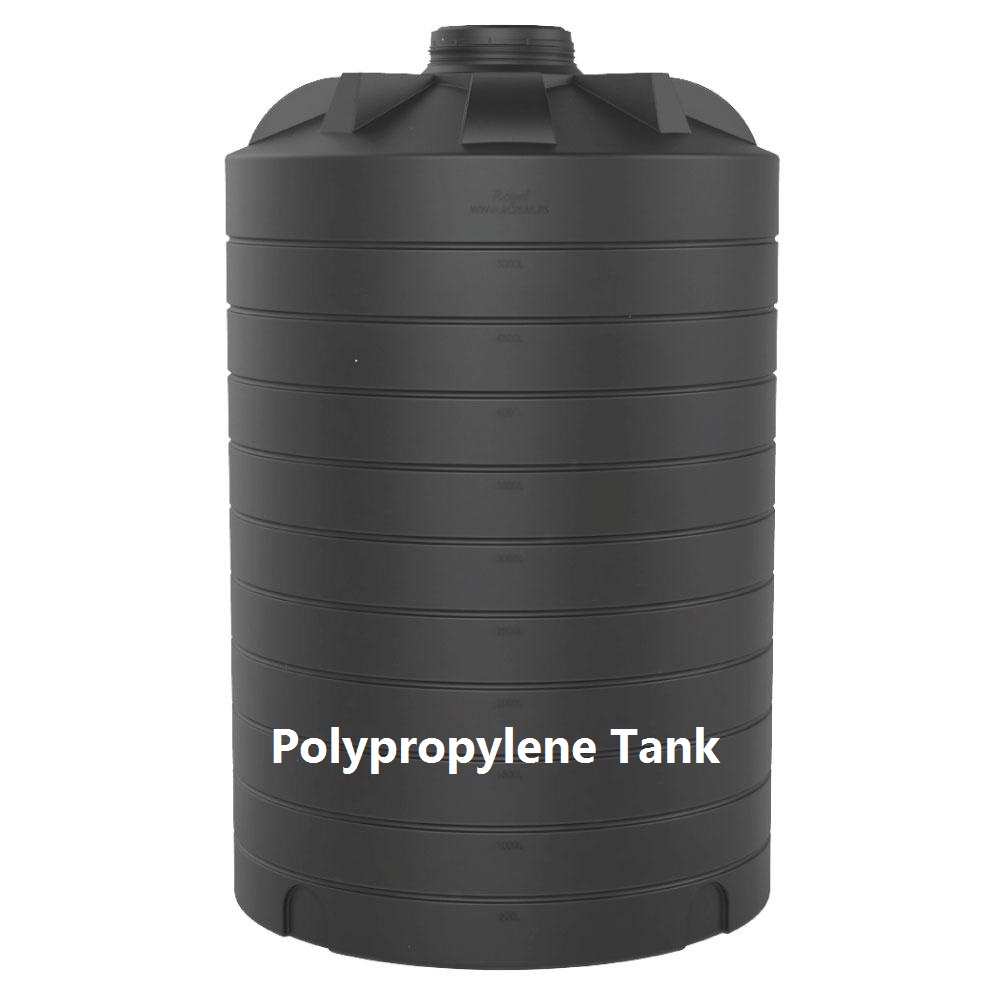
-
Polyethylene: Polyethylene tanks are common plastic tanks made from polyethylene polymer. They have unique properties that make them suitable for a wide range of applications.
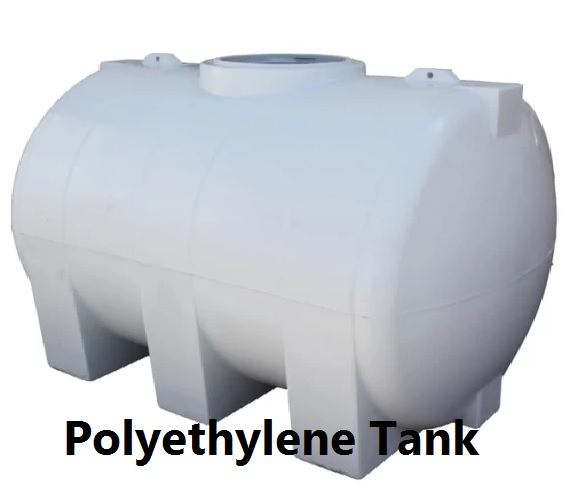
Each of these materials has its advantages and limitations, and the choice depends on factors such as the stored material's properties, operating conditions, and cost considerations. It's crucial to select the right material that provides the necessary resistance and performance for the specific use case.
Read More: